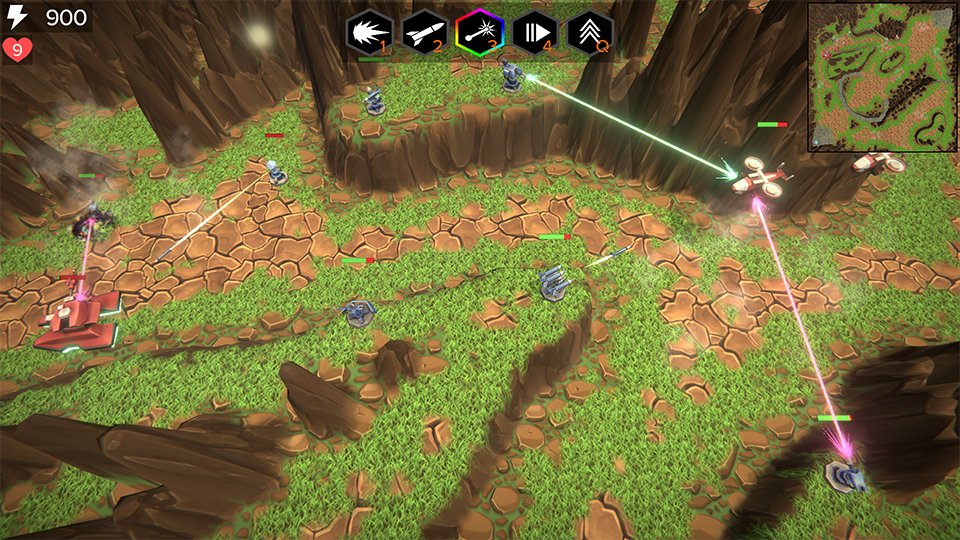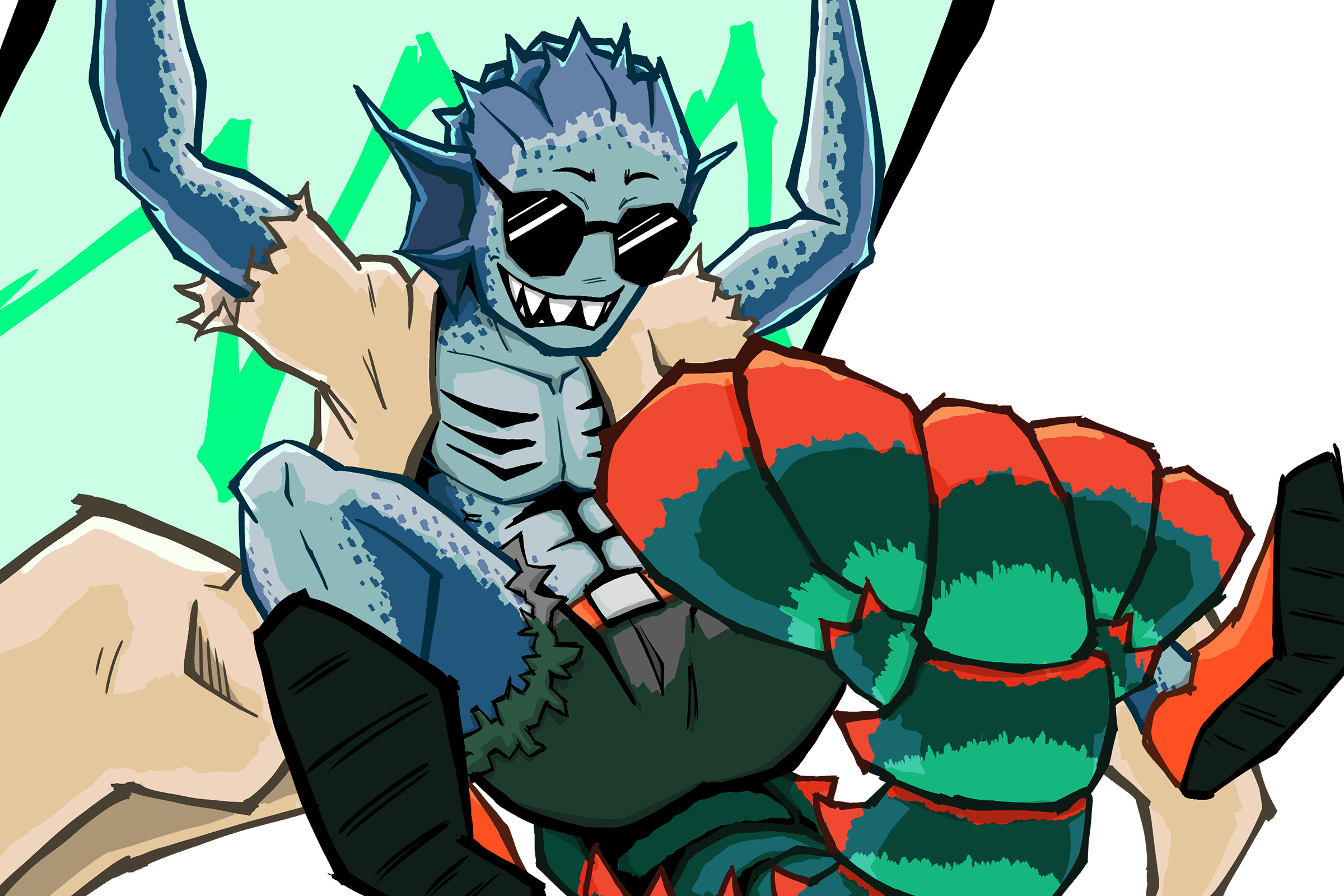Platforms and Towers
Having kept busy with my studies, I managed to neglect posting updates about the different things I have worked on since last time. Our assignment to create a platformer with MonoGame went fairly well. Not having the time to create quality assets, yet being the type of person who is highly motivated by having them to work with, I decided to adapt some familiar sprites and tiles, courtesy of the internet. The final product consisted of a main menu, a level select screen, a couple levels that I premade, and a level editor for creating additional levels.
The level editor was the biggest challenge, as I wanted to have functionality for resizing and placing objects based on predetermined limits for the individual objects and user input. I managed this by creating a class that I named Constellation, which kept track of its own size, and used arrays in order to place tiles in the formation desired. The tiles were another class that mainly contained a texture, and information of where the tile belonged in relation to other tiles in its pool of other tiles used for the same type of object; So a tile could be an upper left corner tile, or a center tile, or an upper center tile etc. Using this, the Constellations could determine which tile should fill a certain slot in the array, and place them in the world in the correct location.

All in all, I was quite satisfied with what I was able to accomplish in the fairly short time we had, and felt I was ready to try out working in Unity for our final project of the semester, where we were to create a Tower Defense game.
There’s not all that much to say about the Tower Defense project, as a majority of the time was spent on simply learning the basics of Unity, which turned out to be far more of a hassle than I had anticipated. There were quite a few unfortunate crashes where a lot of progress was lost, as I realised I had come to rely on all modern applications to have a restore function of some sort, in case of a crash. Something that I learned the hard way is not included in Unity. After looking around, I managed to find a useful script that some kind soul had shared, which allowed for Unity to auto save each time you pressed play to test your scene. Once I had that in place, I was able to learn what I needed to know thanks to Unity’s free examples from their asset store, as well as some google-fu and some great tutorials on YouTube, from channels like Brackeys.
By borrowing some 3d models from Unity’s examples, and creating some icons, effects, and terrain, I was able to create a game that felt cohesive enough for a first delve into Unity. Balance and polish had to fall a bit by the wayside, but I feel like I’m better equipped now for future projects, be it Unity based ones or otherwise.
I’ll leave you with a link where you can test out the game, and hopefully I’ll be better at posting updates as new games are made~

